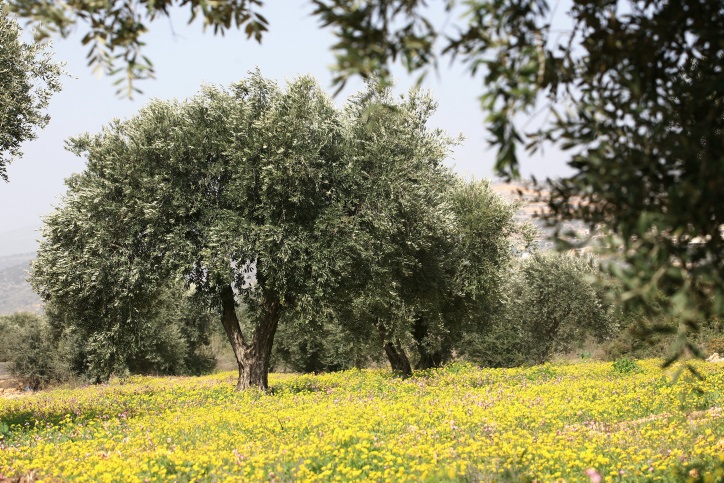“A joint study by researchers from Tel Aviv University and the Hebrew University unraveled the earliest evidence for domestication of a fruit tree.”
Watch how to make olive oil, too…..
The following written content via Tel-Aviv University
A joint study by researchers from Tel Aviv University and the Hebrew University unraveled the earliest evidence for domestication of a fruit tree. The researchers analyzed remnants of charcoal from the Chalcolithic site of Tel Zaf in the Jordan Valley and determined that they came from olive trees. Since the olive did not grow naturally in the Jordan Valley, this means that the inhabitants planted the tree intentionally about 7,000 years ago.
The groundbreaking study was led by Dr. Dafna Langgut of the Jacob M. Alkow Department of Archaeology & Ancient Near Eastern Cultures and the Steinhardt Museum of Natural History at Tel Aviv University. The charcoal remnants were found in the archaeological excavation directed by Prof. Yosef Garfinkel of the Institute of Archaeology at the Hebrew University. The findings were published in the journal Scientific Reports from the publishers of Nature.

Dr. Langgut: “I am the head of the Laboratory of Archaeobotany & Ancient Environments, which specializes in microscopic identification of plant remains. Trees, even when burned down to charcoal, can be identified by their anatomic structure. Wood was the ‘plastic’of the ancient world. It was used for construction, for making tools and furniture, and as a source of energy. That’s why identifying tree remnants found at archaeological sites, such as charcoal from hearths, is a key to understanding what kinds of trees grew in the natural environment at the time, and when humans began to cultivate fruit trees.”
In her lab, Dr. Langgut identified the charcoal from Tel Zaf as belonging to olive and fig trees. “Olive trees grow in the wild in the land of Israel, but they do not grow in the Jordan Valley,” she says. “This means that someone brought them there intentionally — took the knowledge and the plant itself to a place that is outside its natural habitat. In archaeobotany, this is considered indisputable proof of domestication, which means that we have here the earliest evidence of the olive’s domestication anywhere in the world. I also identified many remnants of young fig branches. The fig tree did grow naturally in the Jordan Valley, but its branches had little value as either firewood or raw materials for tools or furniture, so people had no reason to gather large quantities and bring them to the village. Apparently, these fig branches resulted from pruning, a method still used today to increase the yield of fruit trees.” Read more from Science Daily.





